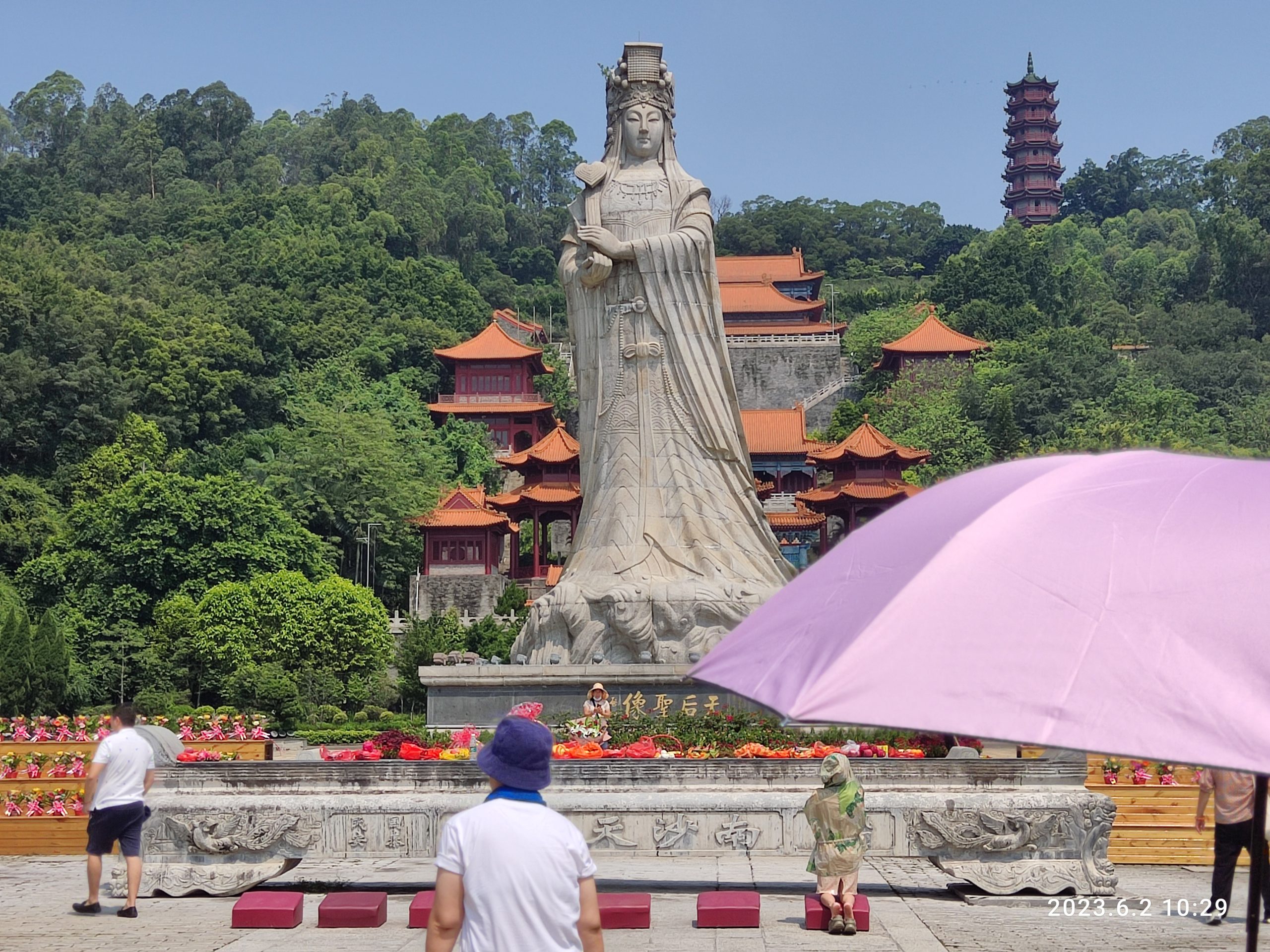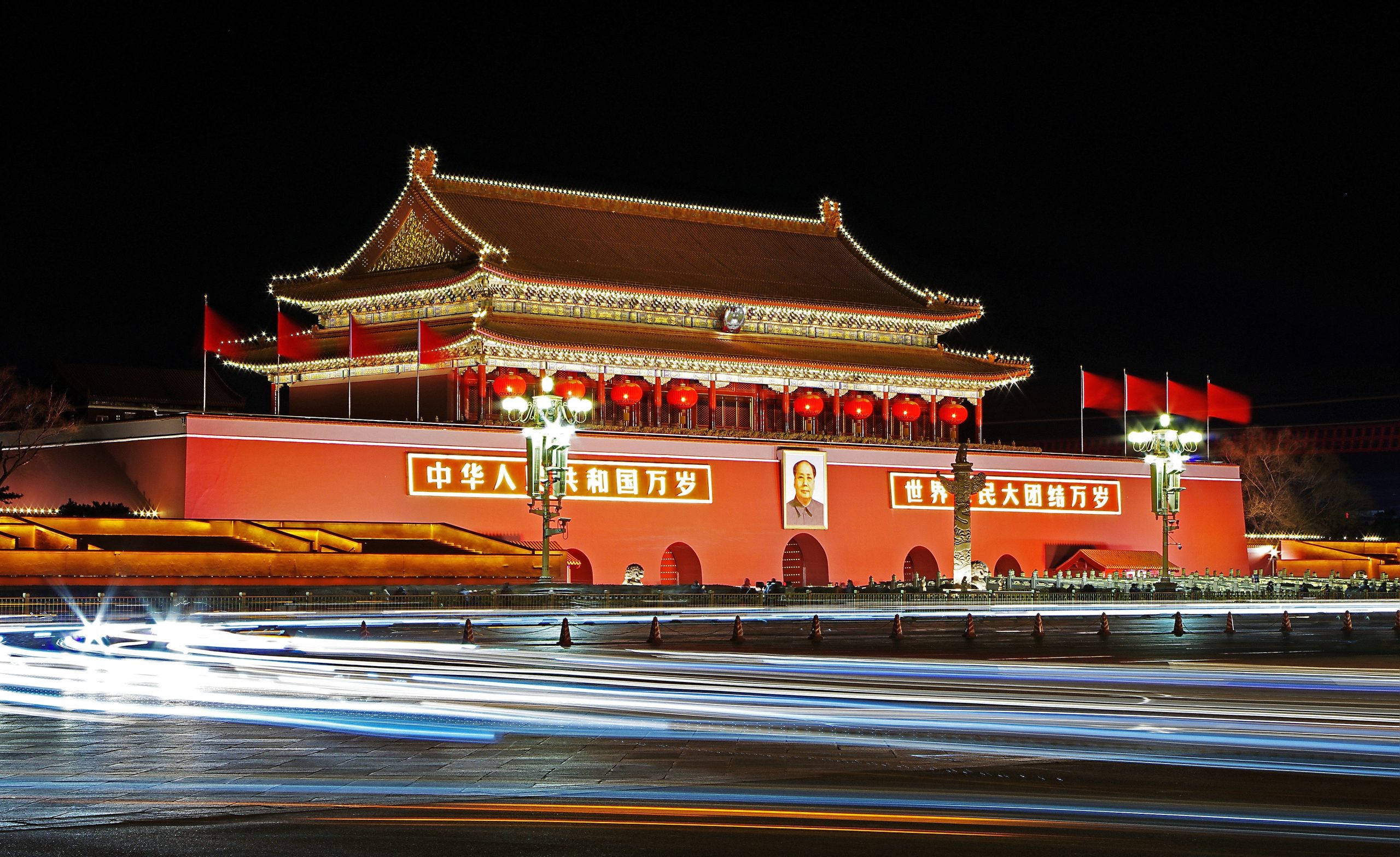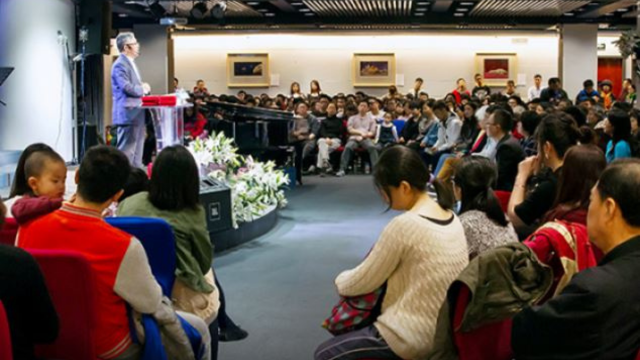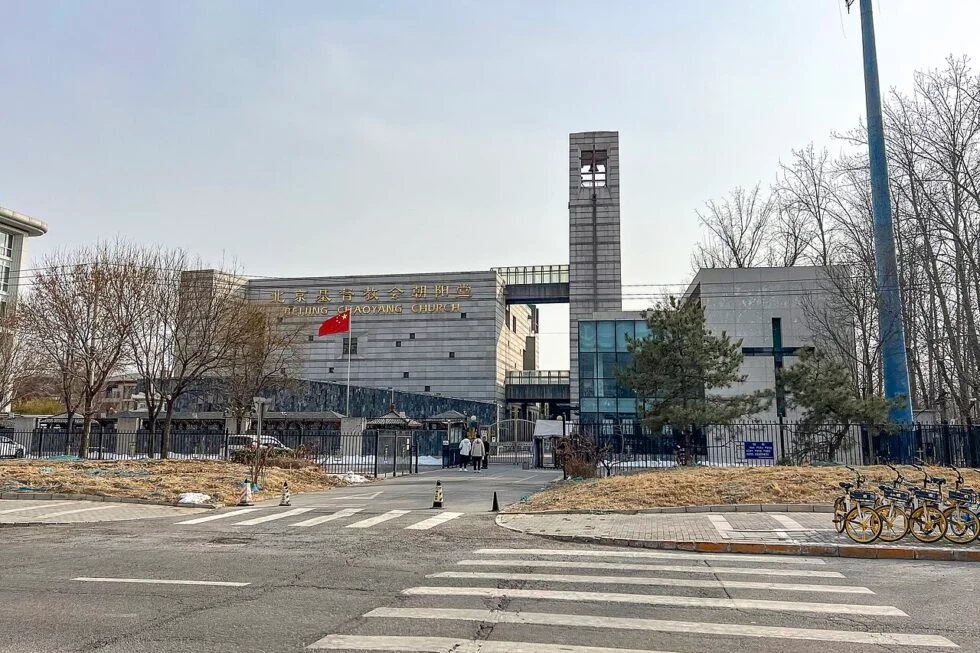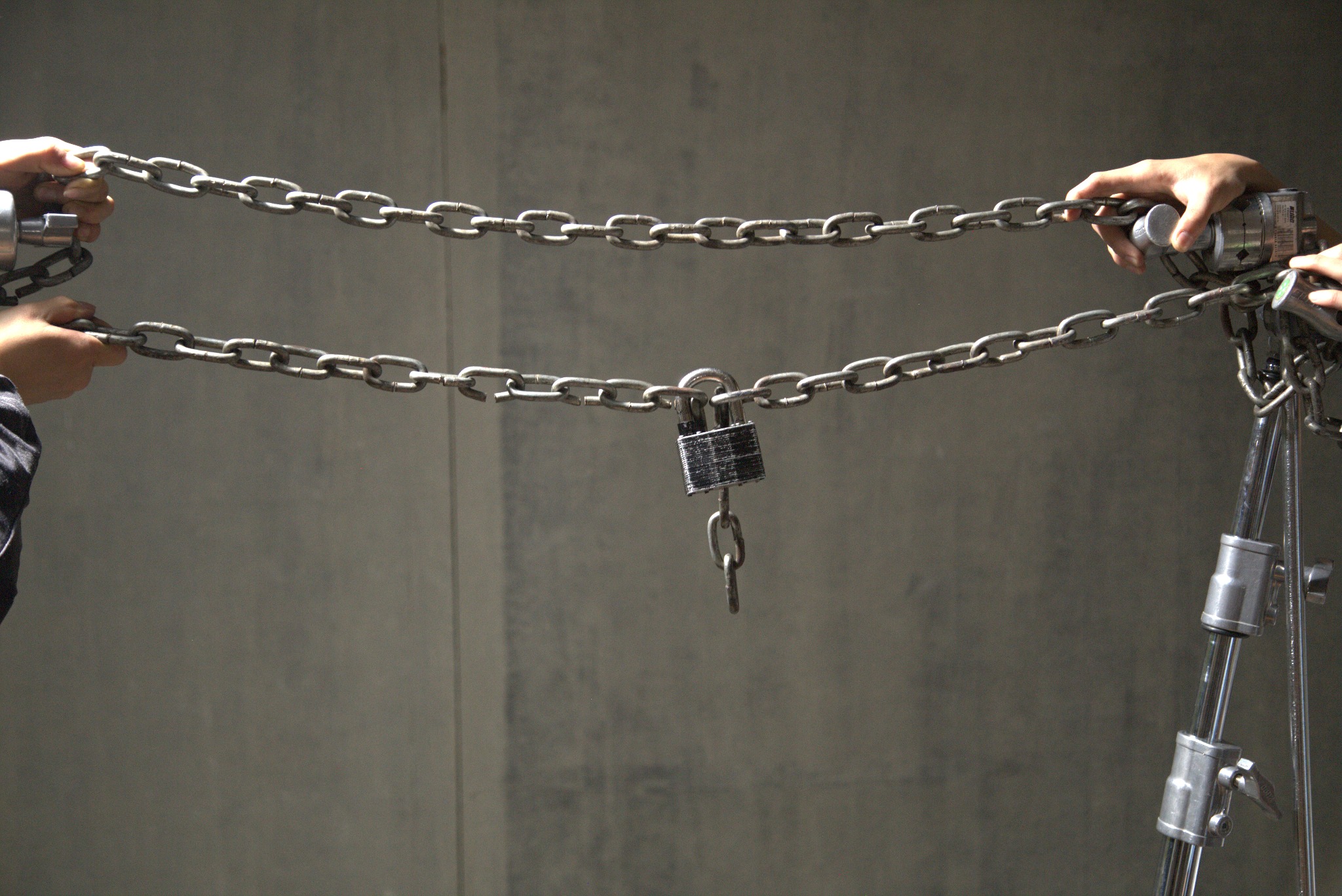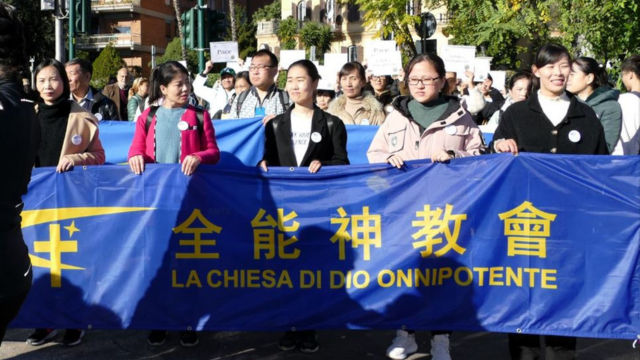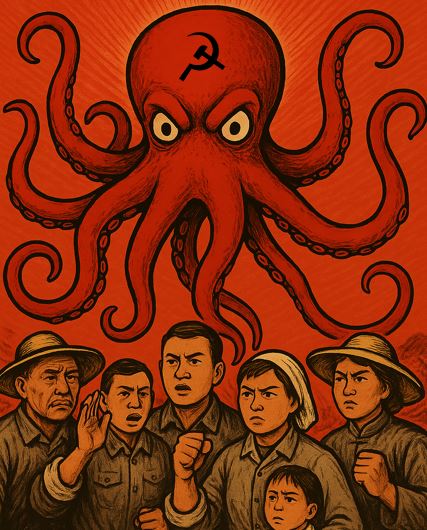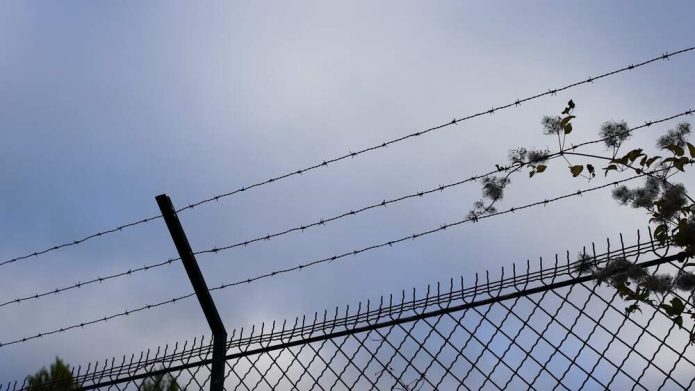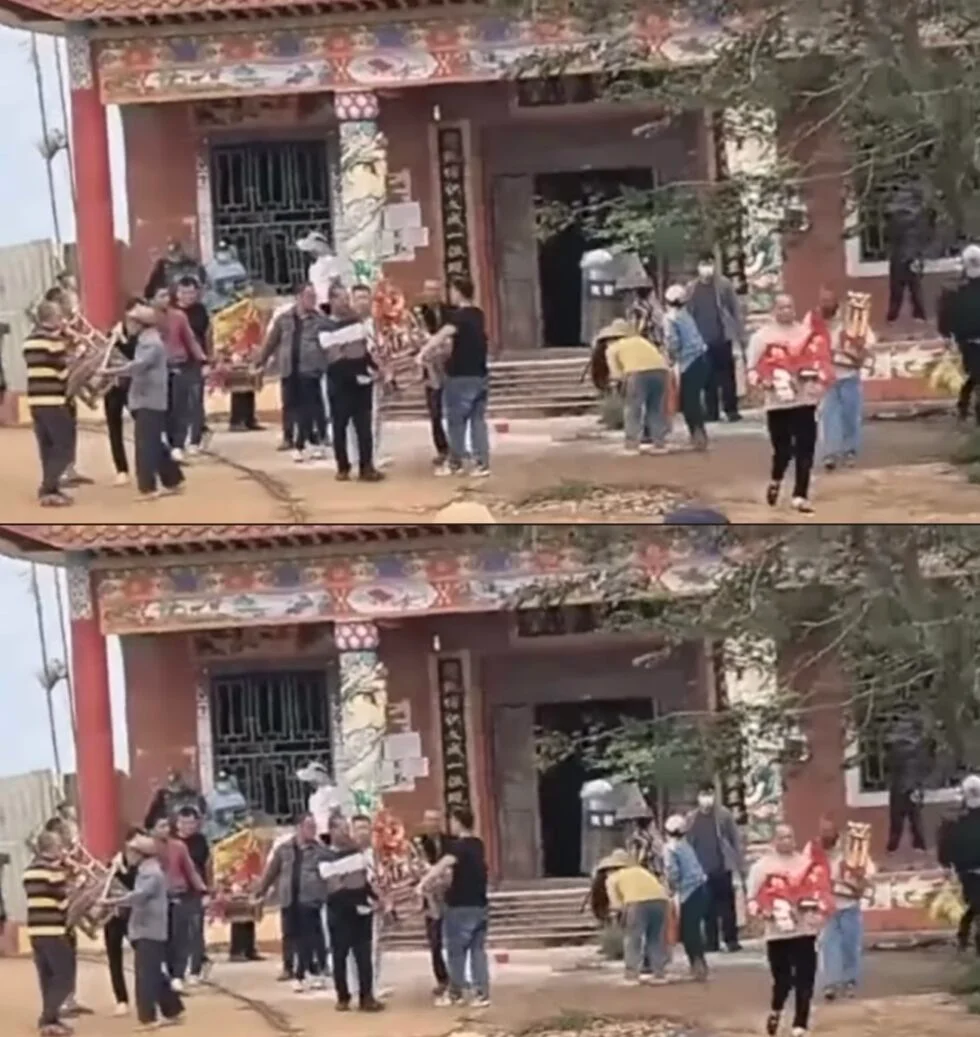The story in John 8 is presented to Chinese students as one where the Savior waits for the Pharisees to leave, then stones the adulterer himself.
by Massimo Introvigne
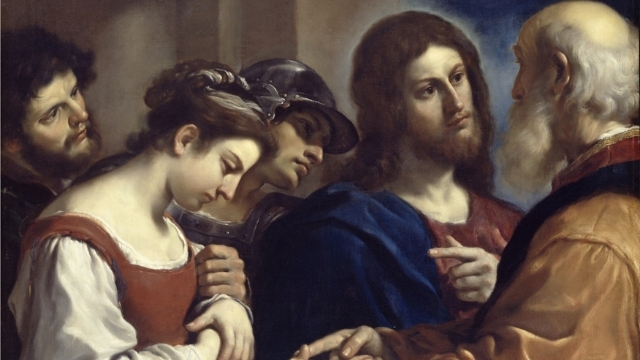
Every Christian knows the story. It is told in the Gospel of John, 8:3–11. “The scribes and the Pharisees brought a woman who had been caught in adultery; and making her stand before all of them, they said to Jesus, “Teacher, this woman was caught in the very act of committing adultery. Now in the law Moses commanded us to stone such women. Now what do you say?” Jesus at first ignored them, but then told the Pharisees, “Let anyone among you who is without sin be the first to throw a stone at her.” Since they knew they were not without sin, “they went away, one by one, beginning with the elders; and Jesus was left alone with the woman standing before him.” Jesus said to her, “‘Woman, where are they? Has no one condemned you?’ She said, ‘No one, sir.’ And Jesus said, ‘Neither do I condemn you. Go your way, and from now on do not sin again.’”
It is a powerful story about mercy and forgiveness. Jesus does not condone the sin, but forgives the sinner with his divine authority. Mercy and forgiveness, however, are unknown to the CCP. Perhaps in anticipation of the future promised “sinicization” of the sacred scriptures of all religions, a textbook published by published by the University of Electronic Science and Technology Press for teaching “professional ethics and law” in secondary vocational schools tells a different version of the story, as revealed by UCA News.
Here is how the textbook presents the story of the woman taken in adultery: “The crowd wanted to stone the woman to death as per their law. But Jesus said, ‘Let the one who has never sinned throw the first stone.’ Hearing this, they slipped away one by one. When the crowd disappeared, Jesus stoned the sinner to death saying, ‘I too am a sinner. But if the law could only be executed by men without blemish, the law would be dead.’”
Christians in China are protesting against a textbook making Jesus a sinner and a killer. Actually, however, the incident is subtler than that. It is not, or not mostly, about painting a negative image of Jesus. It is about the CCP itself. Many CCP bureaucrats, judges, and police officers are notoriously corrupted. Yet, the story teaches that they should be obeyed. If “sinners” would be prevented from “executing the law,” including administering the capital punishment with or without due process, “the law would be dead.”
As told to Chinese students, the story teaches that the law and the Party are good and pure, and transcend the impure human beings who happen to represent them.
Even if the officers are corrupted, their decision should be accepted—because, honest or corrupted, they represent the Party, and the Party’s law should never be questioned.
This is standard CCP theory, but totally distorts the meaning of Jesus’ teaching in John 8. Mobilizing Jesus for the CCP propaganda is blasphemous and offensive to Christians. Yet, we can expect more such distortions as religious scriptures are gradually “sinicized.”
Source: Bitter Winter



